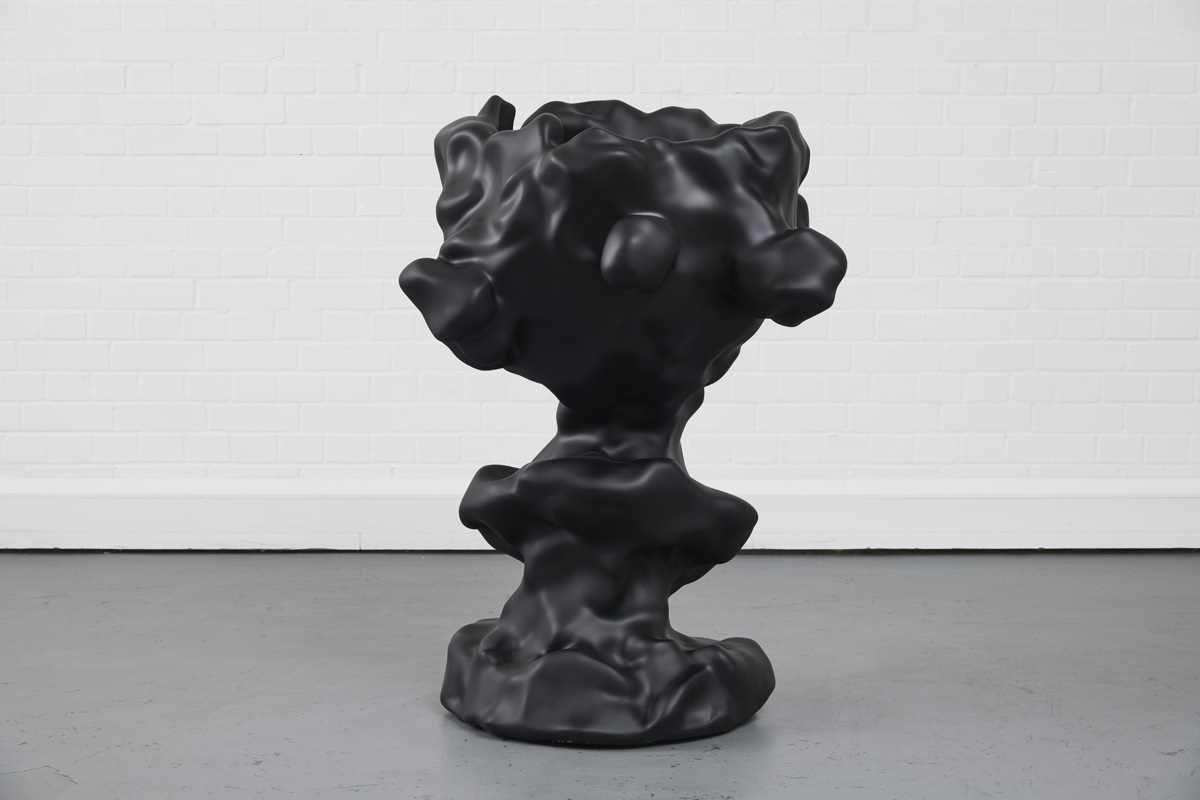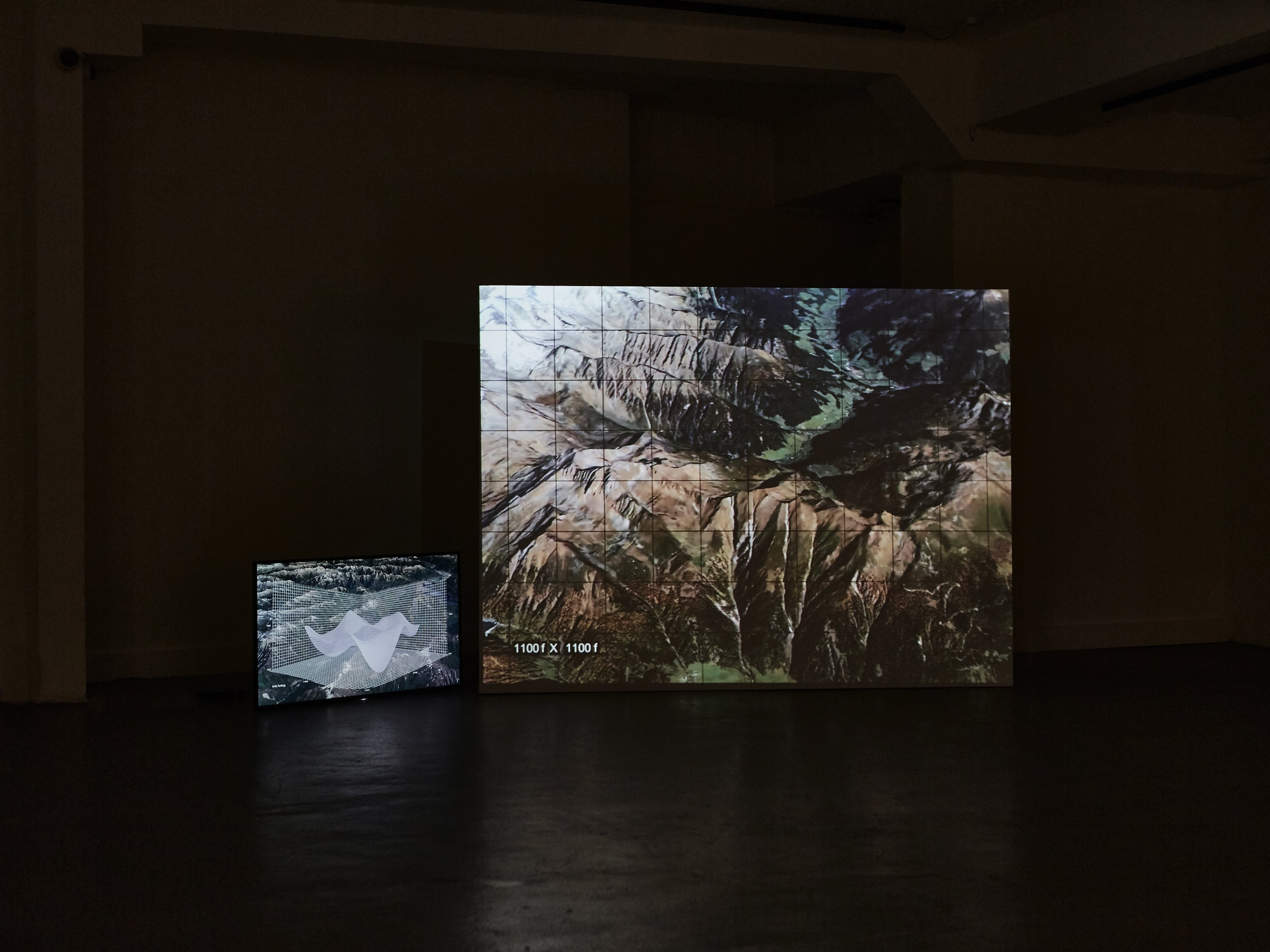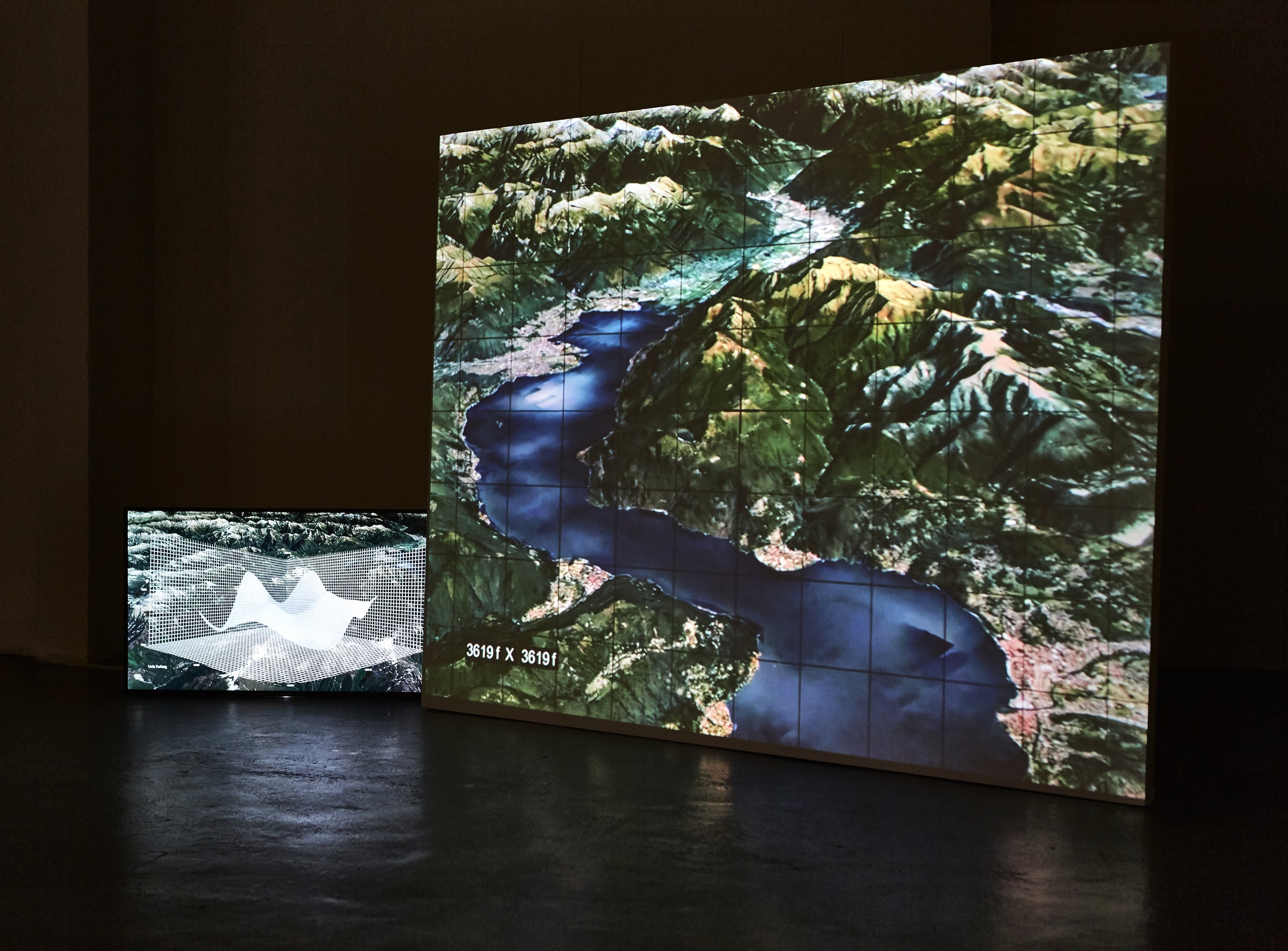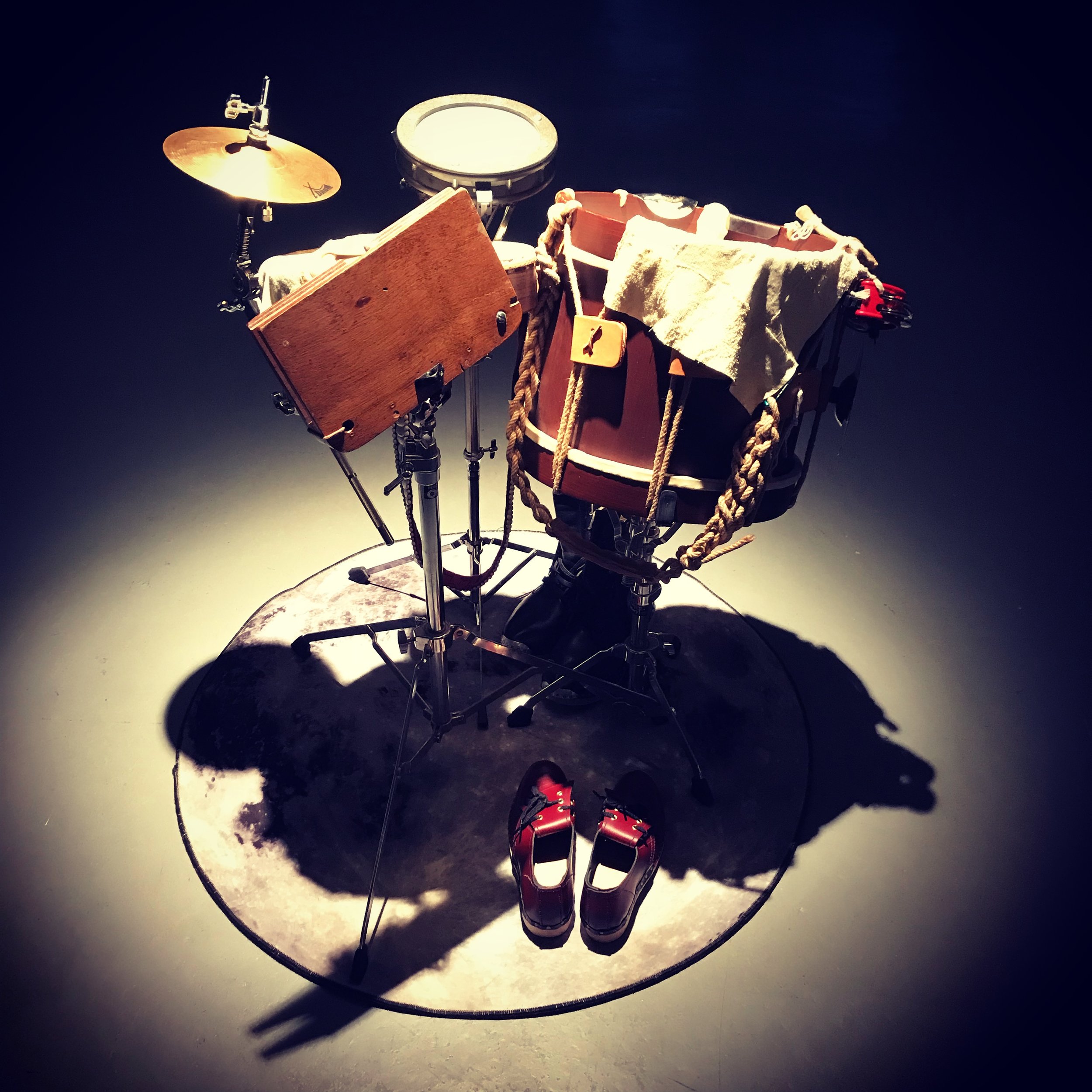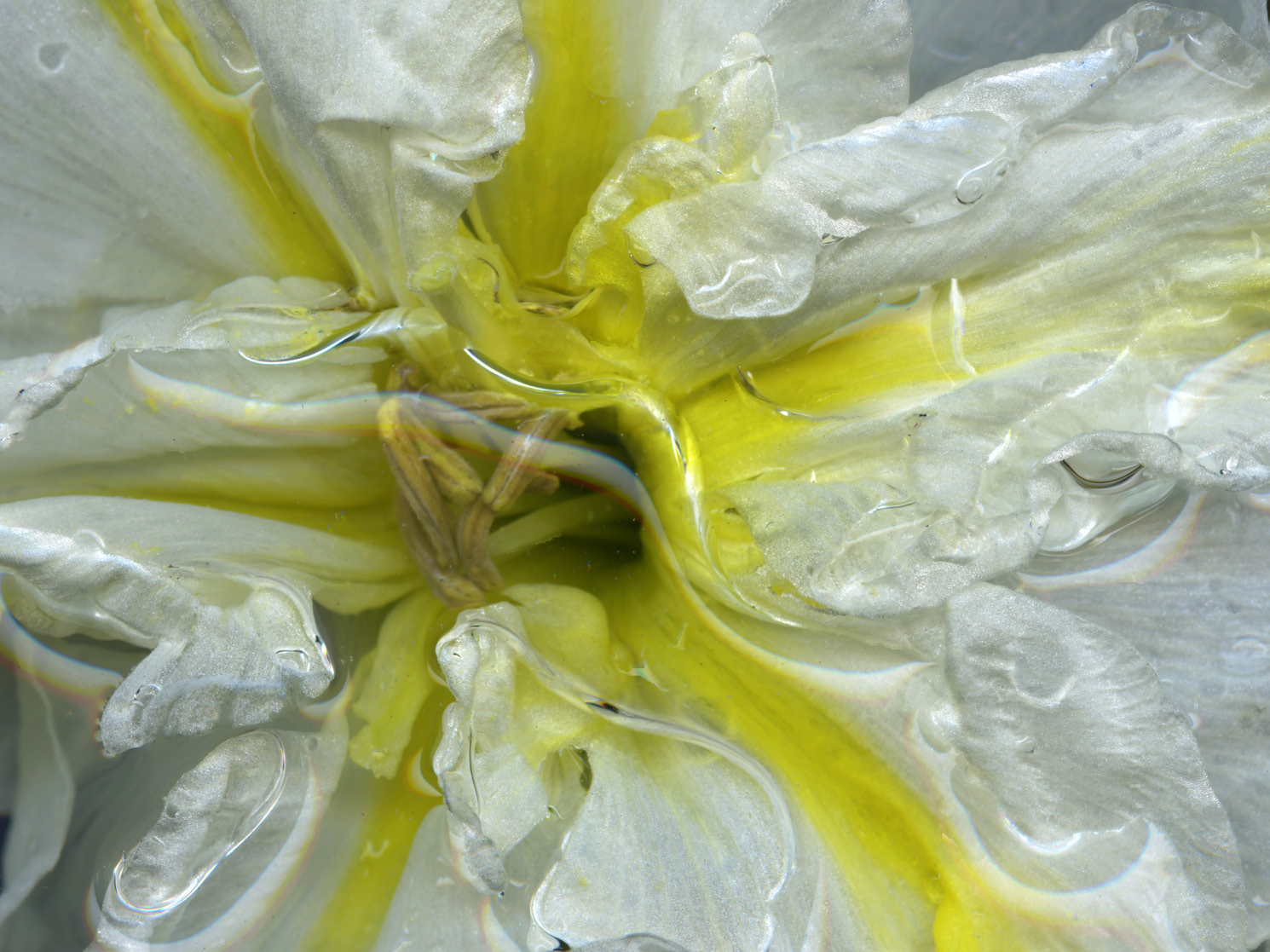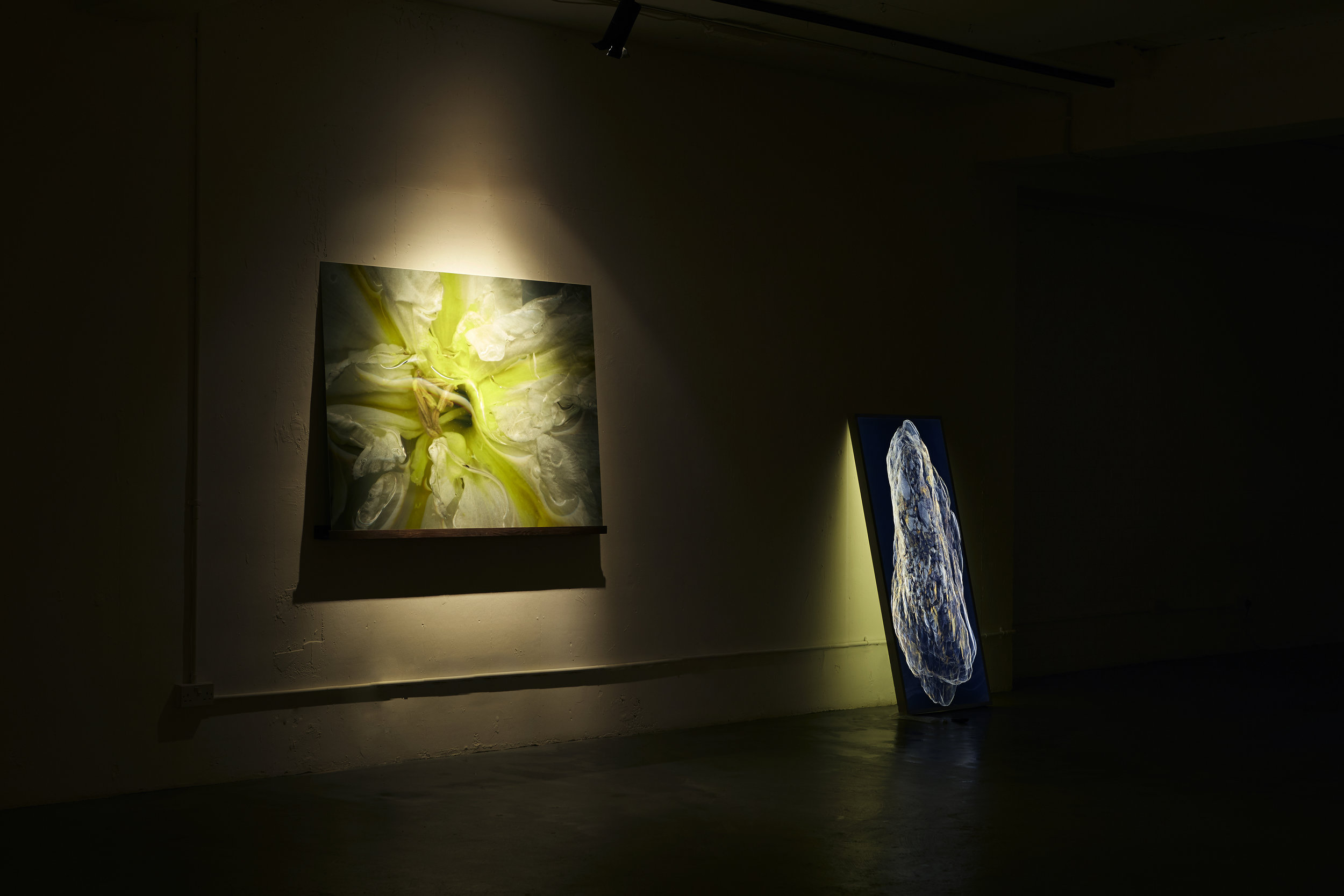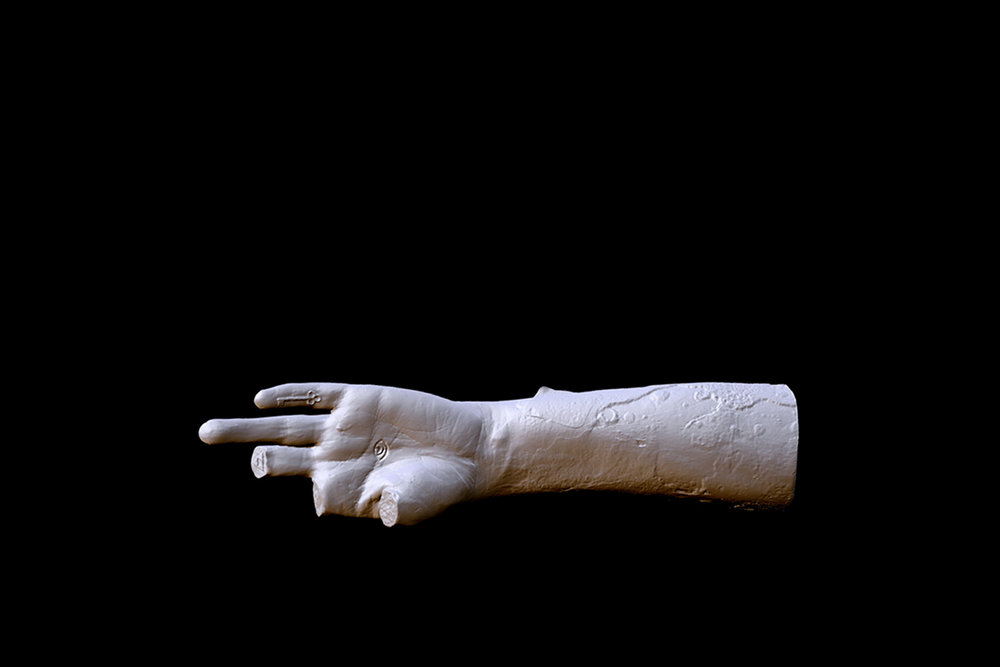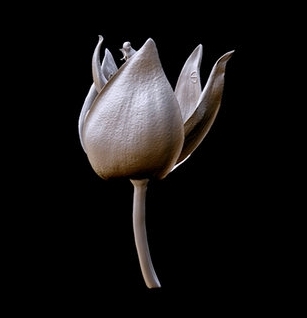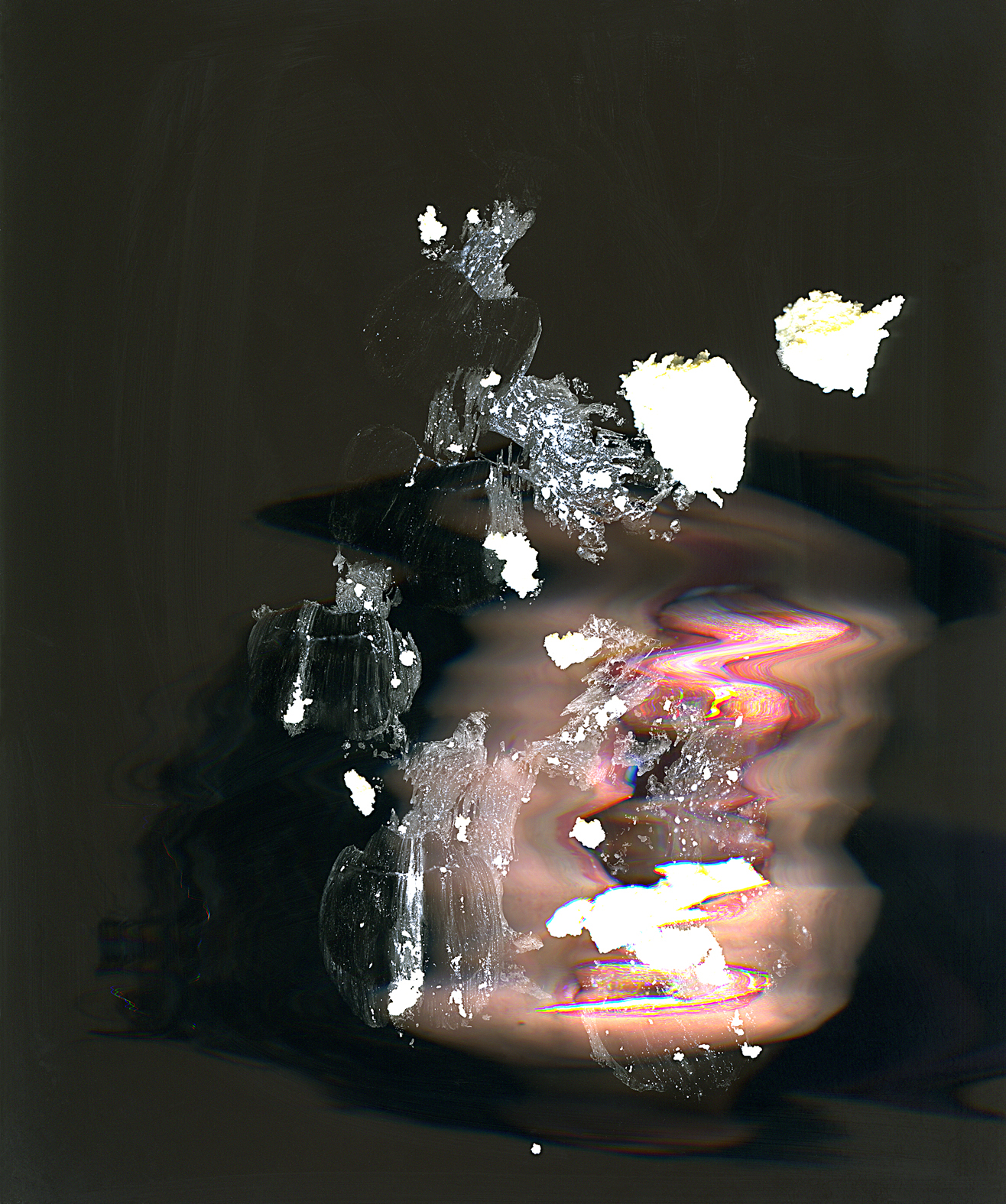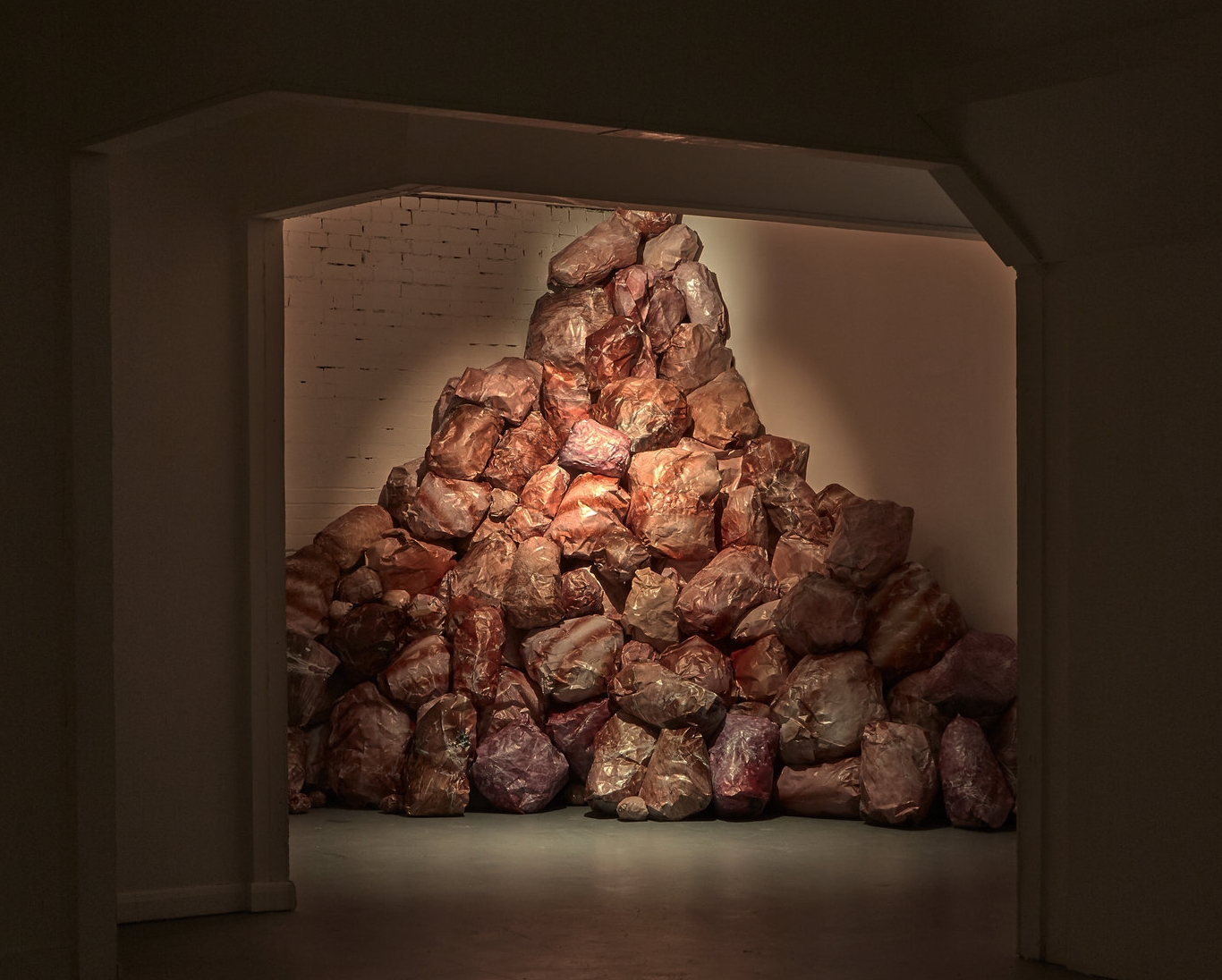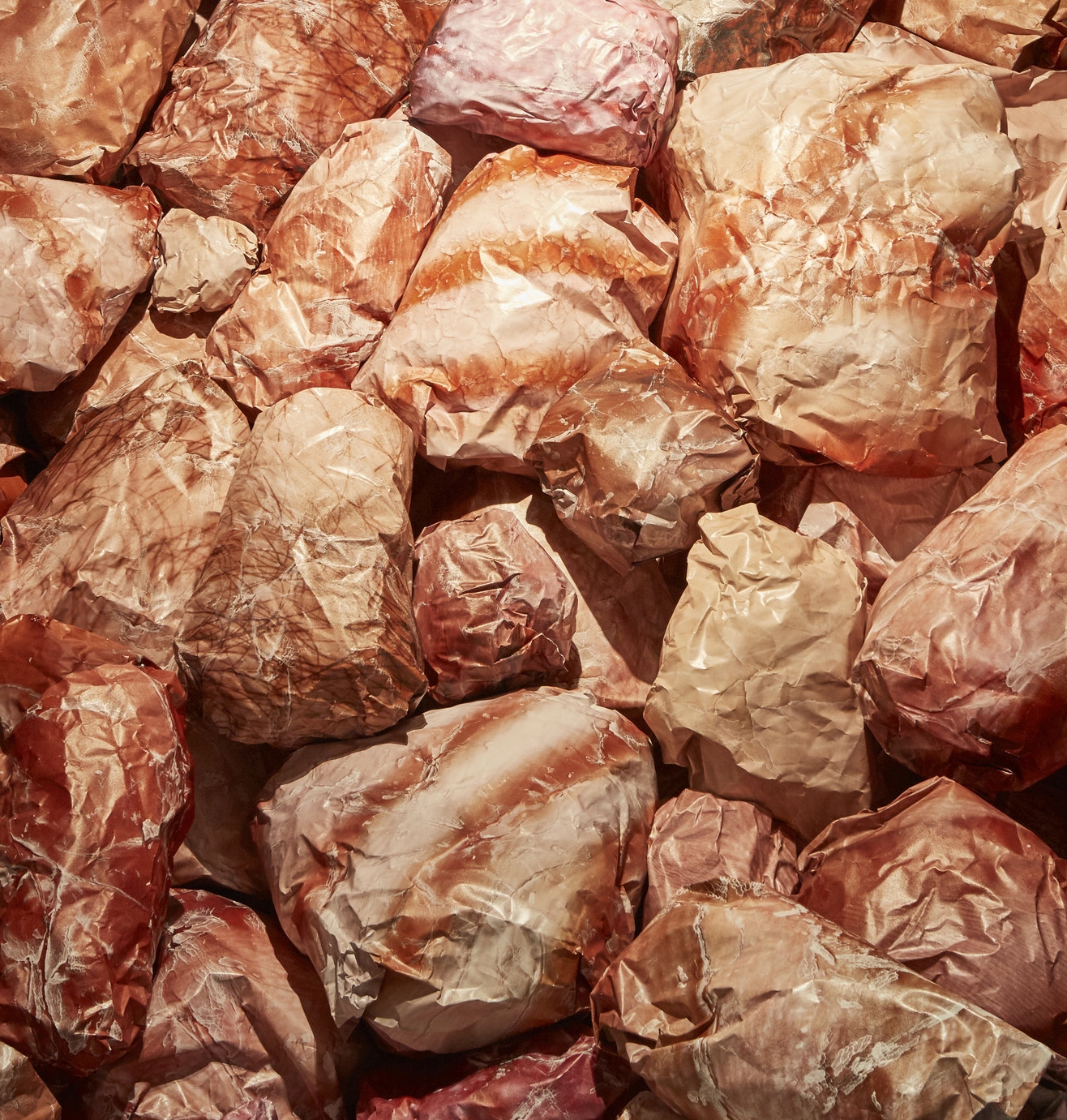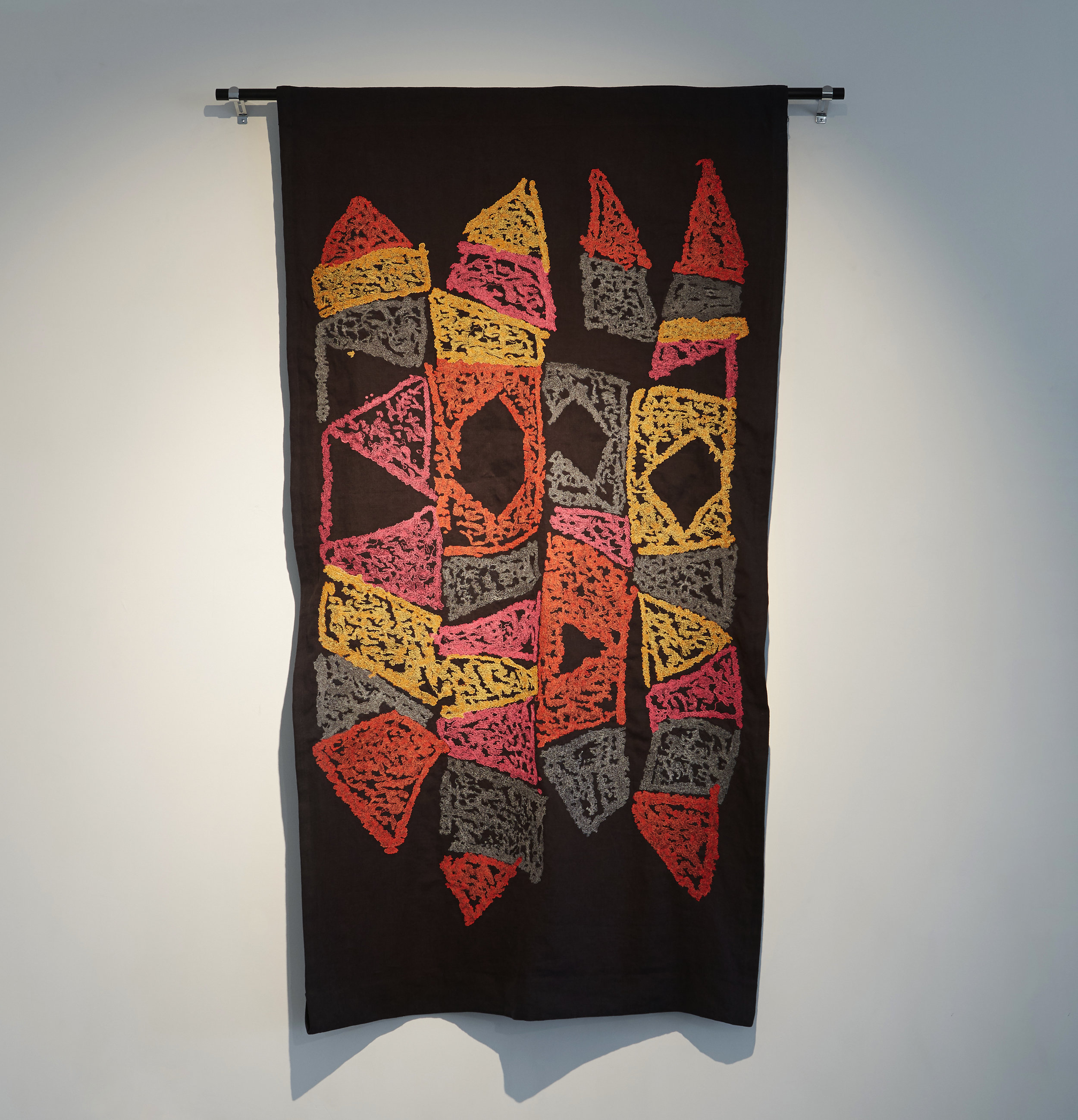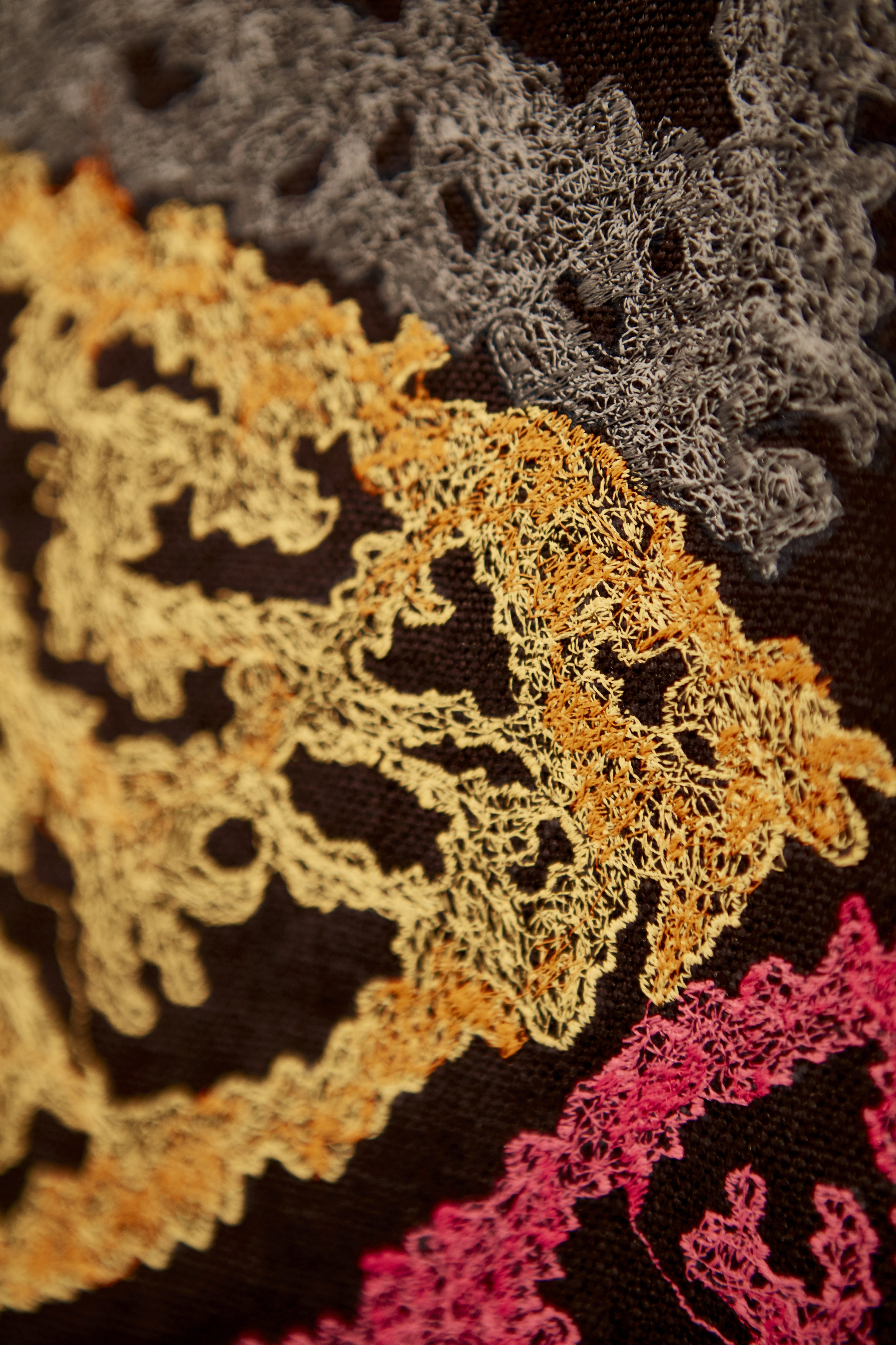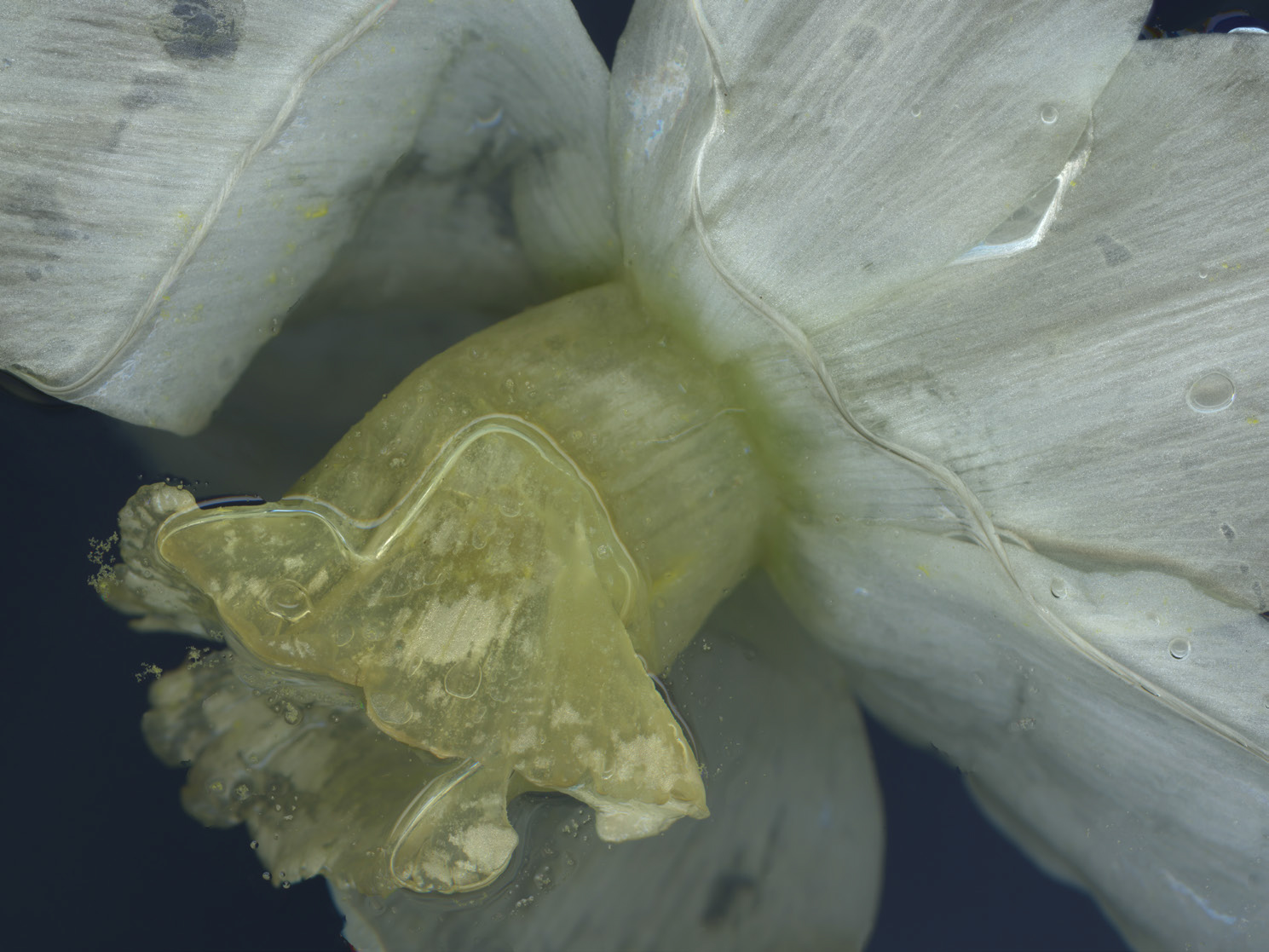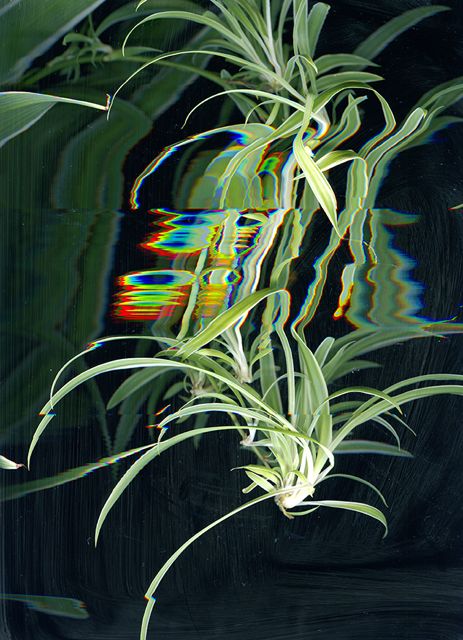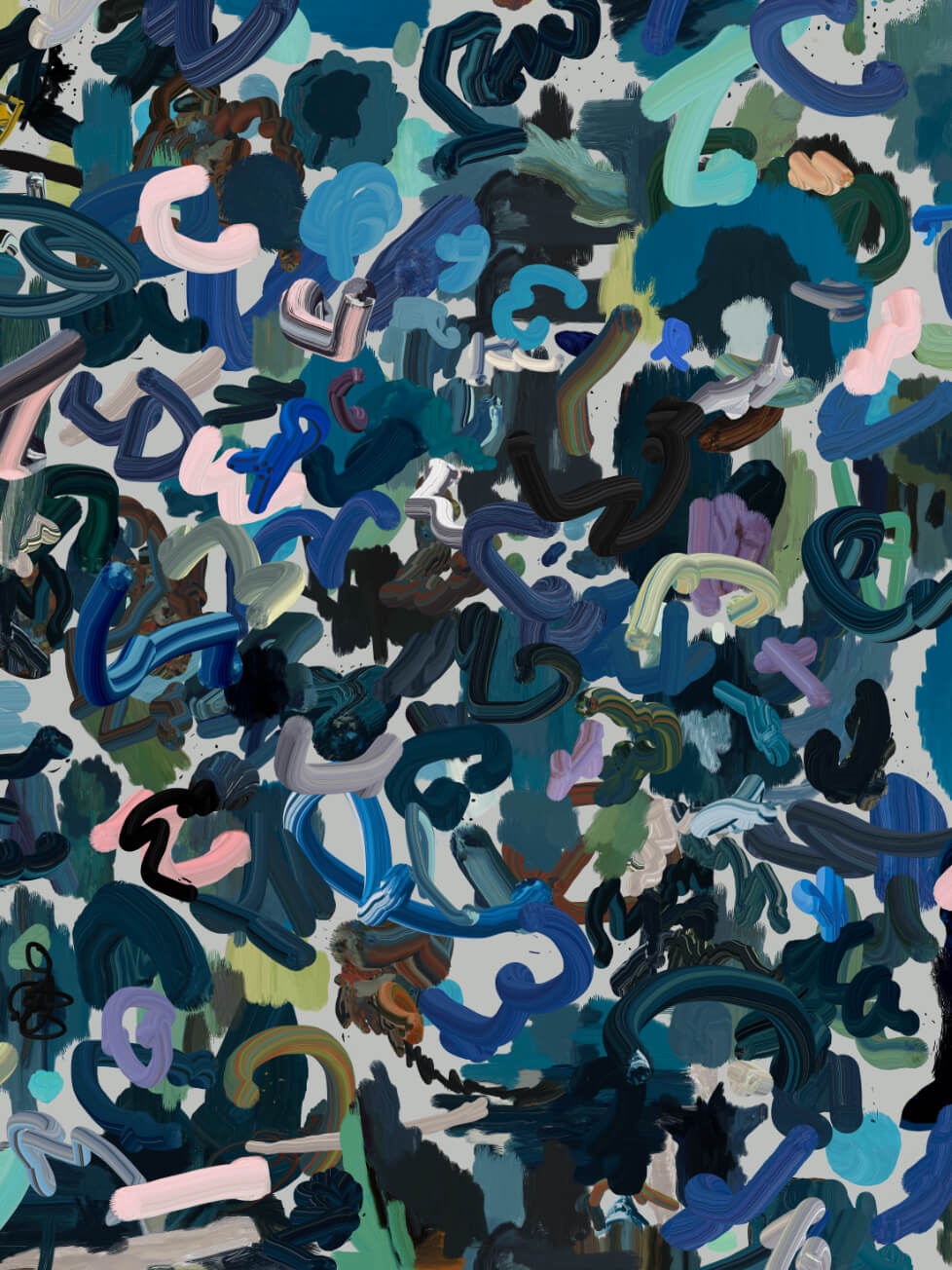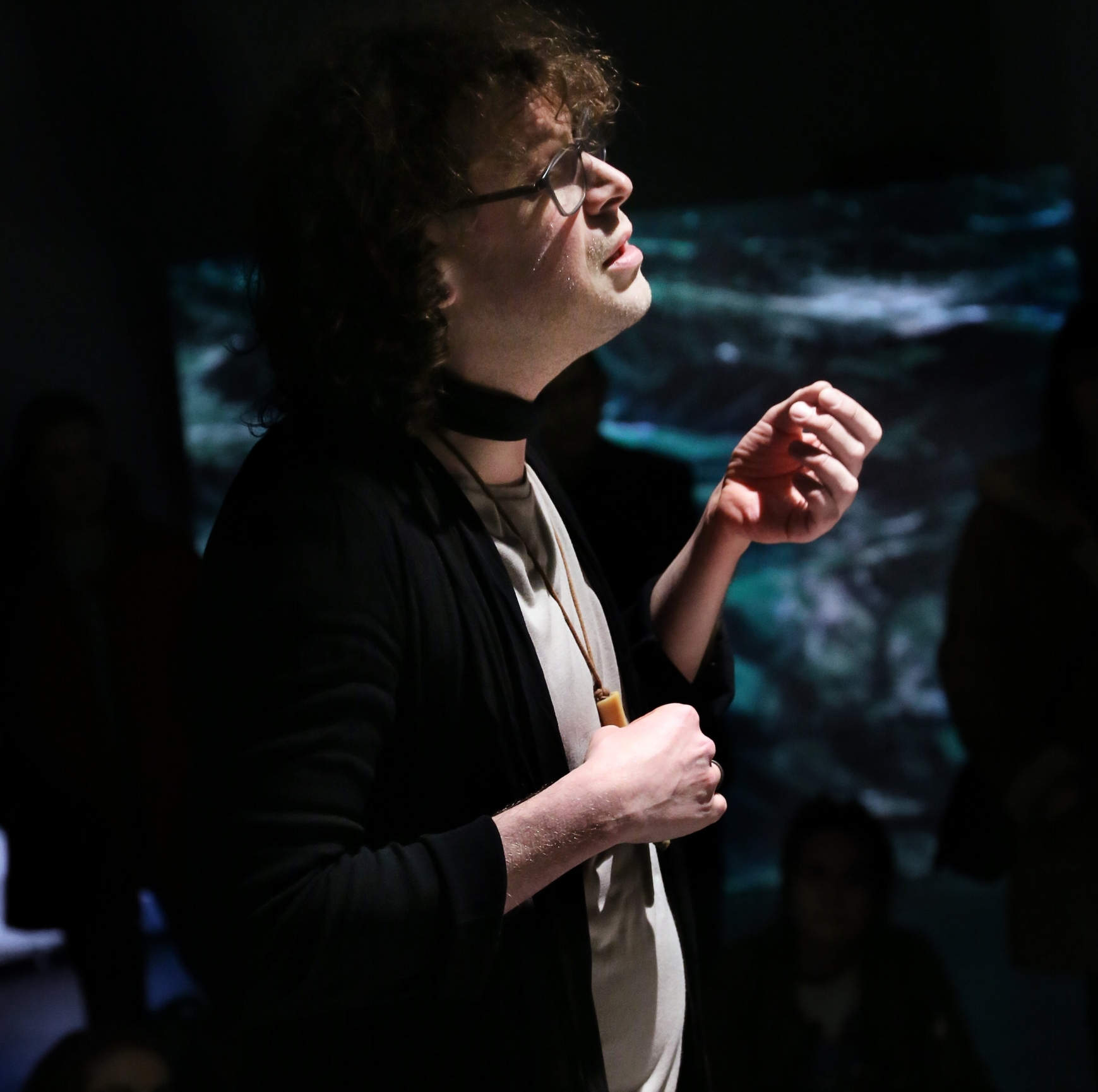Natur Blick, The Koppel Project, 13 April - 25 May 2018
Review by Olivia Aherne
The eye scans, searches and stutters across ‘Natur Blick’, the new group show curated by Augustine Carr and Paula Zambrano at The Koppel Project in London. Before visiting the show I read the short accompanying text by the artist, writer and academic Chantal Faust. The text traces the different sensory and digital guises of scanning and, as my eyes crossed the page from left to right, simulating the rhythmic and repetitive action of both human and machine, I became hyper aware of the ease with which we scan images, ideas and information.
In ‘Natur Blick’, scanning - the instinctive visual movement of the human eye, a gesture co-opted by modern technology - is the subject of the work of ten contemporary artists: Augustine Carr, Chantal Faust, Otto Ford, Gili Lavy, Clair Le Couteur, Samantha Lee, Alix Marie, Anna Skladmann, WARD and Andrea Zucchini. Their work each explores scanning as a multi-faceted operation: as a creative method, a mode of representation, research and rehearsal and as an encounter with contemporary art.
This specific exhibition encounter is one of many different surfaces, sizes and synchronicities and is presented across the two floors of the gallery space. From photography to installation and video to sculpture, the show is an intriguing balance of analogue and digital, two-dimensional and three-dimensional. Positioned in the centre of the ground floor are two 3D rendered sculptures by Carr titled ‘Summa Theologica’ (2018) and ‘Glanz’ (2017). Carr’s sludgy sculptural forms offset the precise nature of the scanning technology used to create them, it is here that the digital emerges as something fluid and perceptive. Hung on the opposite side of the room is another work by Carr, ‘Preferred By Teachers’ (2018). The two metre digitally designed hanging fabric puts a modern spin on on the ancient tapestry. Also presented on the ground floor is Otto Ford’s ‘Pablo in Pieces’ (2018) which preserves the movement and expression of a paintbrush through effect and rendering. By employing digital mediums that scan, print and imitate, both Carr and Ford remodel the traditional mediums of painting and sculpture whilst challenging contemporary digital aesthetics.
Tucked downstairs in a room of its own is Alix Marie’s ‘Orlando’ (2014), a large-scale photographic installation composed of prints of close-up body parts which have been dipped in wax, crinkled, scanned and reprinted. Marie’s process results in a melting and crackling effect where human flesh becomes blurred and ungendered. The title, which references Orlando, a character that turns from male to female in Virginia Woolf’s novel of the same name, works to reaffirm Marie’s blurring of binaries, a blurring which is symptomatic of scanning, where blindness and awareness occur simultaneously.
The title of the show loosely translates as the ‘nature of looking’ and is derived from a quote by the German writer Johann Wolfgang von Goethe, “Thinking is more interesting than knowing, but less interesting than looking.” Much of the work in ‘Natur Blick’ speaks to Goethe’s proposition, its appeal is found in its aesthetic qualities and visually exposed artistic processes - scanned, printed, recorded - each work reveals its own traces and perceptions. These traces and interpretations are most engaging in the three-dimensional work where depth is explored and the immaterial is made material. The abundance of two-dimensional prints feels too flat, too familiar and too easy to scan. In today’s flattened and scannable landscape, where surface and process is squashed to screen, the allure is in the sculptural works that glare back, causing an optical stutter.
View images of the Natur Blick show here.

















